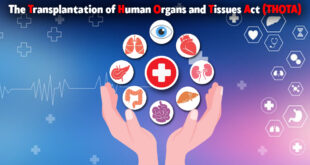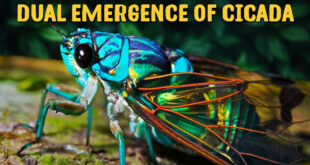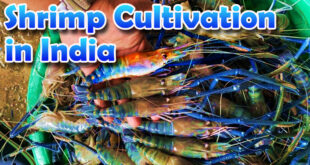Introduction The Indian government, recognizing the critical role of semiconductors in the digital age, launched the India Semiconductor Mission (ISM) in 2021. This initiative aims to address the country’s dependence on foreign chipmakers and foster a robust domestic semiconductor ecosystem Objectives of the ISM The ISM has a multi-pronged approach …
Read More »The Transplantation of Human Organs and Tissues Act (THOTA)
Concept The Transplantation of Human Organs and Tissues Act (THOTA) was enacted in India in 1994 to regulate organ donation, retrieval, and transplantation. It aimed to prevent commercial dealings in organs and ensure ethical practices in organ transplantation. However, despite its noble intentions, several challenges persist in its implementation. Provisions …
Read More »PRODUCTION LINKED INCENTIVE SCHEME
Introduction India’s electronics industry has witnessed significant growth in recent years. However, the sector remains heavily reliant on imports, particularly for highend components and finished products. This dependence exposes India to fluctuations in global prices and hinders its potential to become a major electronics manufacturing hub. To address these challenges, …
Read More »Higgs Boson – The God Particle of Quantum Physics
Concept : About Higgs Boson The Higgs boson imparts mass to elementary particles like electrons and quarks, being fundamental to the Higgs field. It is among the 17 elementary particles constituting the Standard Model of particle physics, the leading framework describing the universe’s fundamental constituents. The Higgs boson earns …
Read More »Dual Emergence of Cicada
Concept: Cicadas are insects belonging to the hemipteran order, renowned for their loud, intricate, and species-specific acoustic signals or songs. Cicada Diversity: India and Bangladesh boast the highest generic diversity of cicadas globally, closely followed by China. Most cicadas inhabit the canopies of natural forests with towering trees. One …
Read More »Glycemic Index of foods and diabetes
Concept : About Glycaemic Index : The Glycemic Index (GI) is a scale ranging from 0 to 100, which assigns values to foods based on their effect on blood glucose levels relative to pure glucose, which is arbitrarily given a value of 100. This value indicates the rise in blood …
Read More »Total Solar Eclipse Ramadan: Spectacle of Sun, Moon and Earth
Total Solar Eclipse: A total solar eclipse occurs when the Moon moves between the Sun and Earth, completely obscuring the Sun’s disk and casting a large shadow on the Earth’s surface. Those located within the path of totality, where the Moon’s shadow fully covers the Sun, witness a total solar …
Read More »Agni Prime Ballistic Missile: Forefront of India’s Defence by DRDO
TABLE OF CONTENTS News Concept Understanding Ballistic Missiles News: The new generation ballistic missile Agni-Prime was successfully flight-tested by the Strategic Forces Command (SFC) along with the Defence Research and Development Organisation (DRDO) from the Dr APJ Abdul Kalam Island off the coast of Odisha Concept : The Agni Prime …
Read More »Exploring the Cosmos: Revolutionizing Astronomy with Telescopes on the Moon – PRATUSH and Beyond
TABLE OF CONTENTS News Concept Why no moon? Upcoming Project News: Astronomers are looking forward to opening a new window on the universe by posting high-resolution telescopes on the moon and in orbit around it. There are numerous proposals to do this from astronomers around the world, including one from …
Read More »Unveiling the Potential: Exploring Sustainable Shrimp Cultivation Practices in India’s Aquaculture Sector for Economic Growth and Environmental Conservation
Concept TABLE OF CONTENTS Introduction Key Features of Shrimp Cultivation: Contribution to Economy and Employment: Government Initiatives and Regulations Introduction • Shrimp cultivation, also known as shrimp farming or aquaculture, is the practice of cultivating shrimp for commercial purposes. • Cultivation of shrimps is a significant economic activity, particularly along …
Read More » Chinmaya IAS Academy – Current Affairs Chinmaya IAS Academy – Current Affairs
Chinmaya IAS Academy – Current Affairs Chinmaya IAS Academy – Current Affairs









